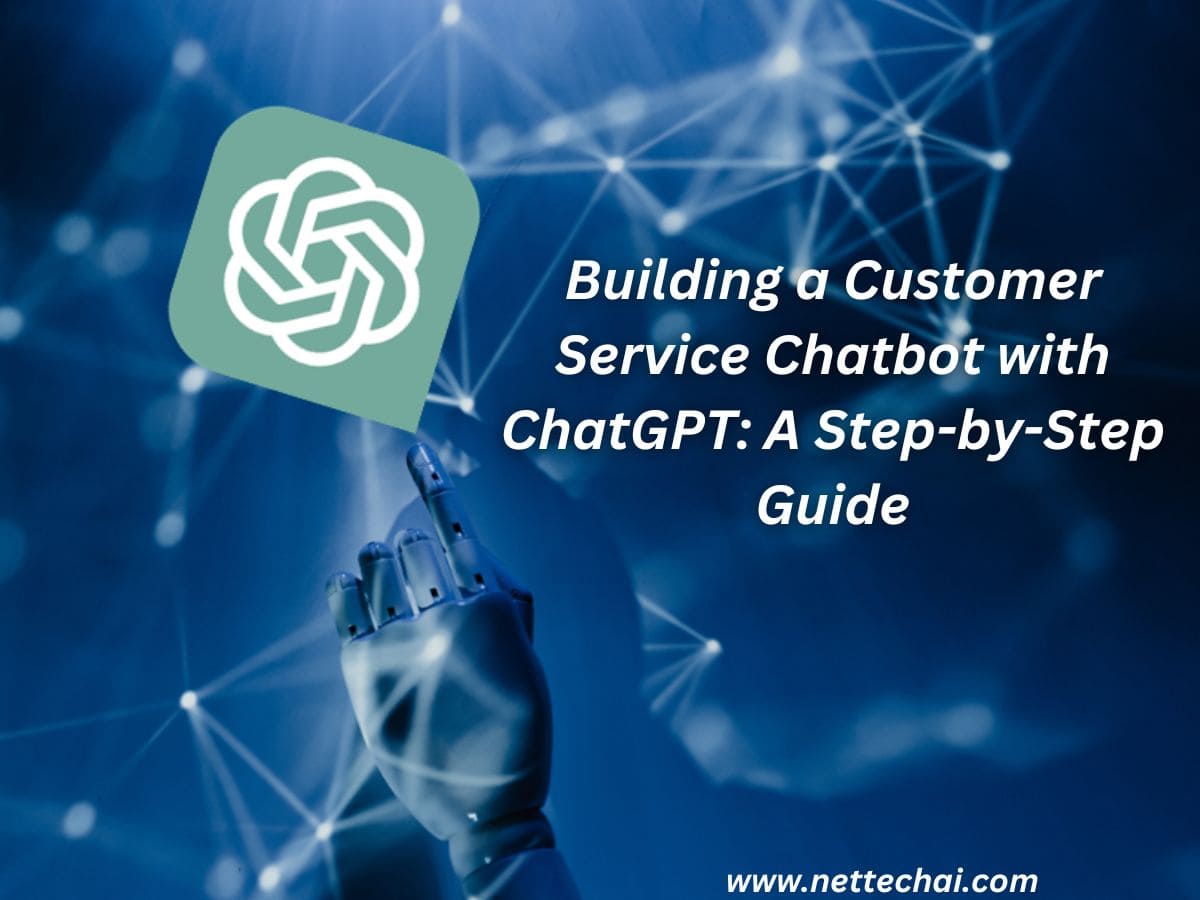Overview
In recent years, there has been a surge of interest in building conversational agents or chatbots, fueled by advancements in natural language processing and machine learning. One fascinating aspect of this field is the development of instruction-following models, which are capable of understanding and executing commands given in natural language. In this article, we will explore what instruction-following models are, how to find them, and guide you through building your mini chatgpt at home.
What are Instruction-Following Models?
Instruction-following models are a subset of natural language processing models designed to comprehend and execute instructions provided in human language. These models go beyond simple question-answering chatbots and can perform tasks or actions based on the commands they receive. They are trained on diverse datasets to understand the nuances of language and context, enabling them to follow instructions accurately.
How to Find Instruction-Following Models
Several pre-trained models are available that you can leverage to build your instruction-following chatbot. OpenAI’s GPT (Generative Pre-trained Transformer) models, such as GPT-3.5, are powerful language models that can be fine-tuned for specific tasks, including instruction following. Additionally, other platforms like Hugging Face provide access to various pre-trained models that you can experiment with.
Building your mini chatgpt at home
Step 1: Choose a Platform
Decide where you want to build your chatbot. If you’re just starting, platforms like Python with libraries such as Transformers and Hugging Face’s Transformers Hub provide an accessible entry point.
Step 2: Set Up Your Development Environment
Install the necessary libraries and dependencies. Depending on your chosen platform, this may involve setting up a Python environment, installing relevant packages, and accessing pre-trained models.
Step 3: Select a Pre-trained Model
Choose a pre-trained model suitable for instruction following. GPT-3.5 from OpenAI is an excellent choice, given its versatility and extensive training on diverse datasets.
Step 4: Fine-Tune for Instruction Following
Fine-tune your selected model for instruction following. This involves training the model on a dataset containing examples of instructions and desired actions. Make sure to balance your dataset for diverse scenarios to enhance the model’s generalization.
Step 5: Implement User Interaction
Design a user-friendly interface for your chatbot, allowing users to input instructions. Ensure that the instructions are clear and within the scope of the model’s training.
Step 6: Test and Iterate
Test your chatbot with various instructions to ensure it accurately follows commands. Iterate on the fine-tuning process if necessary, refining the model’s performance.
Further Readings
To deepen your understanding and enhance your chatbot’s capabilities, explore further readings on natural language processing, reinforcement learning, and model interpretability. Stay updated on the latest research and advancements in the field.
Summary
Building your mini-ChatGPT at home is an exciting project that allows you to delve into the world of instruction-following models. Leveraging pre-trained models, setting up your development environment, and fine-tuning for specific tasks can result in a functional chatbot capable of following user instructions. With the right resources and a bit of creativity, you can create a personalized conversational agent that meets your specific needs. Happy coding!







